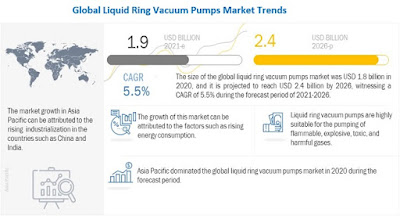The oxygen-free copper market is dominated by major players such as KGHM Polska Miedz SA (Poland), Hitachi Metals Neomaterials Ltd. (Japan), Zhejiang Libo Holding Group (China), Mitsubishi Materials Corporation (Japan), Metrod Holdings Berhad (Malaysia), Aviva Metals (US), KME Germany GmbH (Germany), and Sam Dong (South Korea). These players have adopted growth strategies, such as acquisitions and expansions to further expand their presence in the global oxygen-free copper market. Aqcuisitions were the most dominating strategy adopted by major players from 2017 to 2020, which helped them to expand their global presence and broaden their customer base.
To know about the assumptions considered for the study download the pdf brochure
KGHM Polska Miedz SA is a Poland-based company engaged in mining and production of copper and other precious metals. The company operates through various sites under the divisions, such as mining & enrichment, smelting & refining, and downstream processing. Through these divisions, the company manufactures products, such as copper, precious metals, molybdenum, and rhenium. Under the copper product segment, the company provides cathodes, wire rod, Cu- OFE wire, Cu-Ag wire, round billets, and granules. It manufactures oxygen-free copper in Cedynia plant using the UPCAST technology. It exports its products to Germany, the UK, France, China, and the Czech Republic, among other countries. The company has mining and enrichment facilities in Poland, Chile, Canada, and US. Its metallurgy, refinery and processing plants are all located in Poland. The company also has an office located in China to cater to the demands from the region. KGHM is one of the key players among those controlling the world’s copper reserves. The company’s share is estimated at 41.8 million tons (38 million tonnes) of copper in 2020.
Neomax Materials Co., Ltd., a predecessor of the company, was founded in 1943 as the Suita branch of Sumitomo Metal Industries, Ltd. Owing to a series of mergers—with Toyo Seihaku Co., Ltd. in October 2015 and Hitachi Metals Nanotech Co., Ltd. in April 2016—the corporate name was changed to Hitachi Metals Neomaterial, Ltd. in 2016. The company also merged with SH Copper Products Co., Ltd. in April 2018. Hitachi Metals Neomaterial, Ltd. has expanded and evolved, integrating the technologies and diverse cultures of each of these companies. It has six production bases and five marketing and sales bases across Japan. The company’s metal materials play a vital role in a wide variety of fields, including home appliances, electronics, automobiles, batteries, and medical equipment. It has an integrated system of production that is one of the most advanced production systems in Japan, covering everything from the melting of metals to rolling, plating, and finish processing, according to customer requests.
Inquiry Before Buying: https://www.marketsandmarkets.com/Enquiry_Before_BuyingNew.asp?id=196978298




















